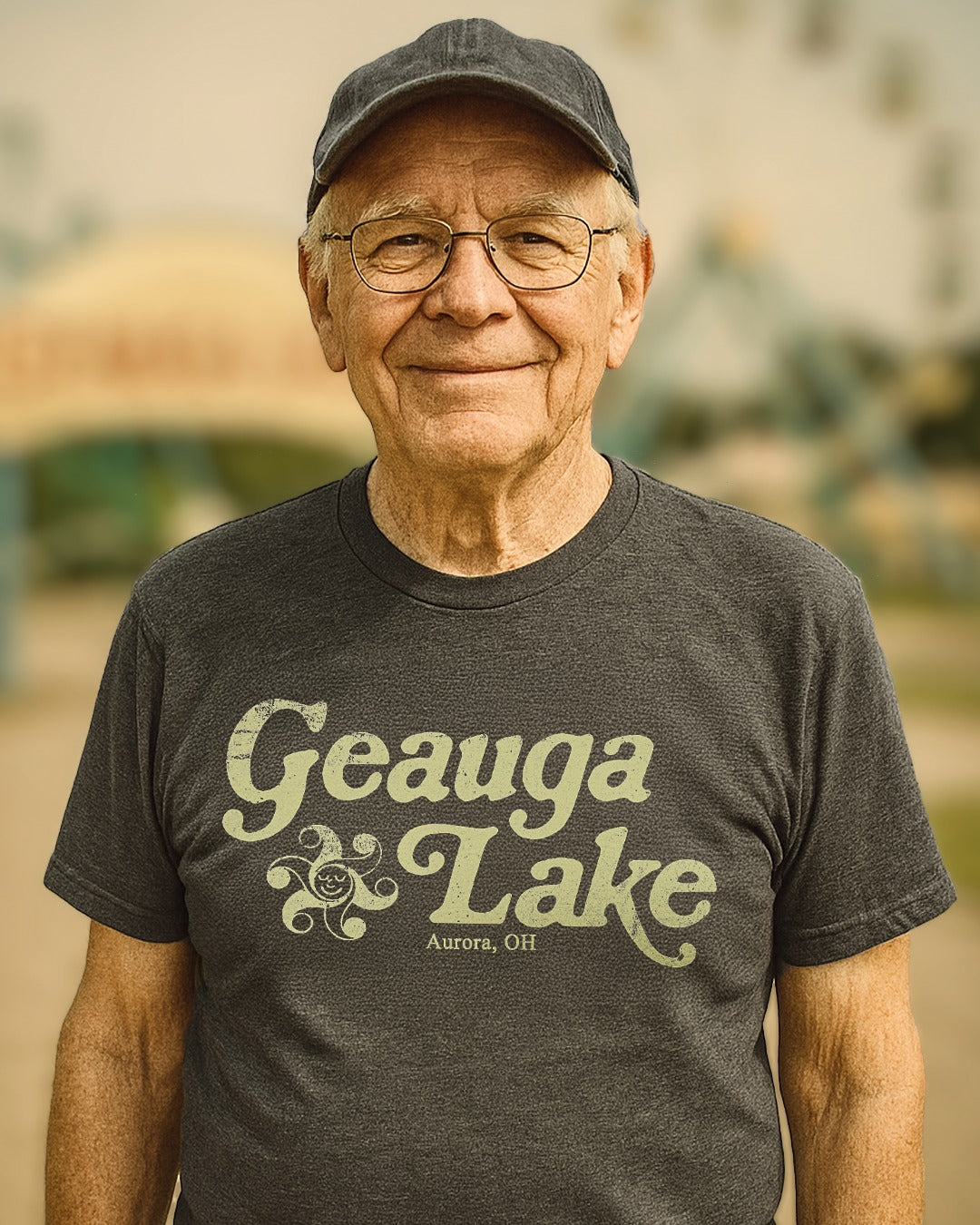In 1954, Keith J. Kramer and his wife's uncle Matthew Burns opened the first two Burger King locations in Miami, Florida after purchasing the assets of a hamburger stand called Insta-Burger in Jacksonville. As part of the deal, they came into possession of two so-called Insta machines, which were capable of flame broiling 1,000 burgers an hour. Needing someone to build more of the devices, they turned to brothers Frank and Donald Thomas of Indianapolis and their company General Restaurant Equipment.
Get these cool Burger Chef T-shirts for 20% OFF Use the code: eatburgerchef Just click on the image:
The brothers had built a very successful business manufacturing what they called Sani-Serv, and Sani-Shake ice cream dispensing machines. As they began building broilers for Burger King, they realized that opening their own chain of hamburger restaurants could prove to be quite lucrative. General Equipment opened several prototype stores around Indianapolis, partially to test the waters of restaurant ownership and partially to demonstrate the cooking equipment. The name Burger Chef was inspired by a desire to appear more elegant than Burger King. Why they wanted to stick a thumb in the eye of one of their best customers like that is unknown.
The restaurants were a success and through franchising they quickly sprang up in 38 states, with almost every location utilizing General Equipment’s grills, ice cream dispensers, and other products. Burger Chef introduced many new ideas to the industry too including the combo or value meal (combining a burger, fries, and drink at an overall reduced price), a Works Bar where customers could top their own burgers, and kids meals featuring a toy prize. In the late ‘70s, Burger Chef kids meals featured prizes associated with an obscure science fiction film called Star Wars.
There were also additions to the menu throughout the chain’s run such as the Big Shef double cheeseburger and later the Super Chef burger, as well as a salad bar and a fish meal. The chain’s mascots were two characters known as Burger Chef and his sidekick Jeff. Paul Winchell, best known as the voice of Tigger from the Disney Winnie-the-Pooh cartoons, voiced Burger Chef.
The ultra-modern design of the first Burger Chef units was greatly influenced by General Equipment’s Robert Wildman who hired Indianapolis architect Harry E. Cooler. In the beginning, Burger Chef had only walk-up service. The second generation design featured an indoor counter and seating. An upgrade to that design added even more seating. It’s this design that can be seen in the final season of the TV series Mad Men, as the characters figure out how to develop a winning ad campaign for Burger Chef.

Mad Men's Don, Peggy, and Pete dine at a Burger Chef
The restaurant used to film those scenes is located in Rialto, California, just west of San Bernardino, on historic Route 66. Now called Chris’s Burgers, it was a Burger Chef back in the day. The Mad Men production team had to do some cosmetic work to recreate its original look, most of which was retained by the restaurant’s owners.
General Foods acquired the chain in 1968, a move the founders thought would accelerate growth. A year later General Foods bought the Rax Roast Beef chain.
However, General Foods was not up to the task of running a fast food business. Specialists in packaged food products such as Jell-O, Maxwell House Coffee, and Birds Eye frozen foods sold in supermarkets, running an operation like Burger Chef (and Rax) proved to be more of a challenge than they realized.
At first, the deep pockets of General Foods did allow for rapid growth. As the decade drew to a close, Burg Chef was within a few hundred locations of industry leader McDonald’s. However, by 1971 the chain began to falter. Hundreds of locations closed, and a block of franchisees in the South left Burger Chef to form a new chain called Mr. Cook.
Still, the company soldiered on, aggressively marketing the chain and introducing two animated spokespersons, Burger Chef and Jeff. The former was portrayed by Paul Winchell, widely known as the voice of Tigger as well as many Hanna-Barbera characters.
In 1978, General Foods divested itself of Rax and in 1982 sold Burger Chef to the company that owns Hardee’s and Carl’s Jr. Many Burger Chef locations became Hardee’s (or Carl’s Jr. in California and other western states), some signed on with other chains, while the rest simply closed.
The last location to carry the Burger Chef name was located in Cookeville, TN, which hung on until 1996. The building was used by several restaurants after that and was the India Palace when it was destroyed by a fire in 2008.
On occasion, Hardee’s will wax nostalgic and offer the Big Shef burger in markets where Burger Chef had a strong presence, mostly, Indiana, Ohio, Kentucky, and Missouri.







